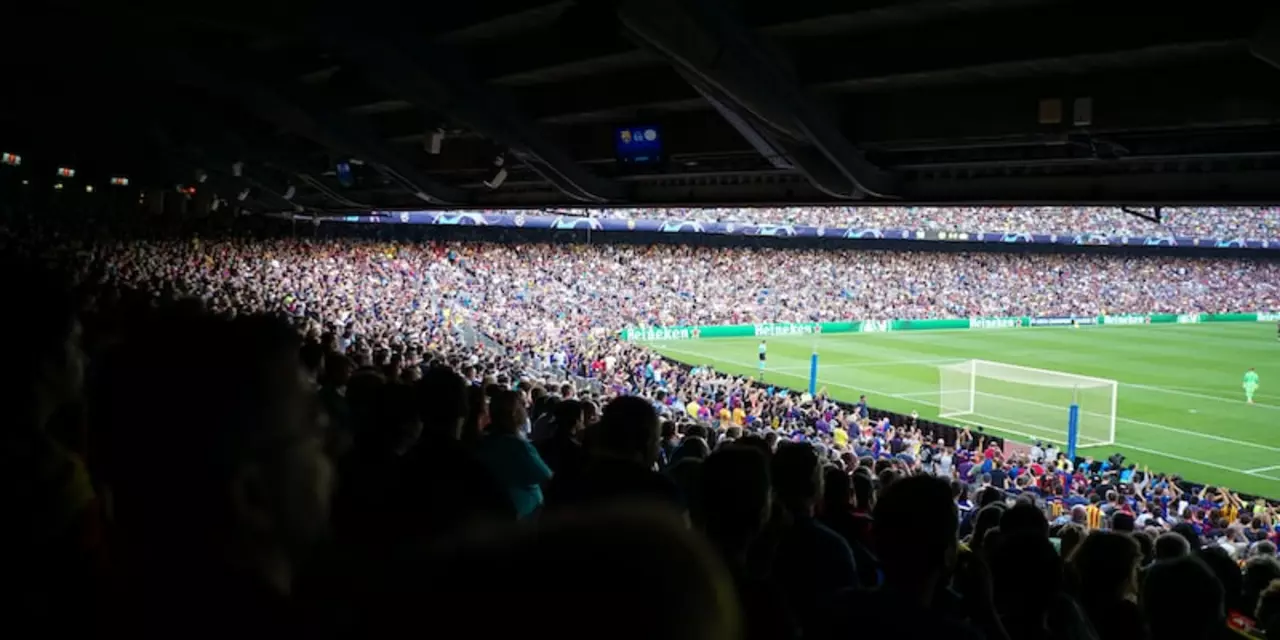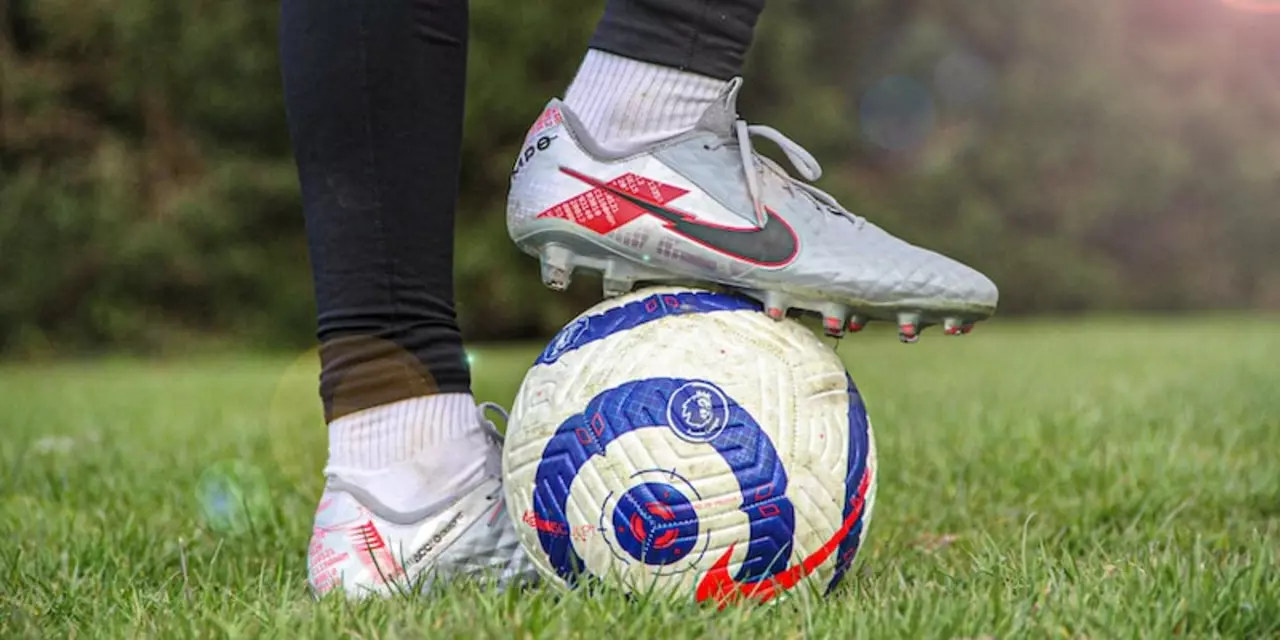Big Goal Sportive - Page two
 Is the shape of a ball the same for football, soccer and rugby?
Is the shape of a ball the same for football, soccer and rugby?
The shape of a ball is a common factor amongst football, soccer and rugby, however, the specifics of size and weight largely differ in each sport. Footballs are the biggest, measuring between 27 and 28 inches in circumference and weighing between 14 and 16 ounces. Soccer balls are slightly smaller, with a circumference of 27 to 28 inches, and weigh between 14 and 16 ounces. Rugby balls, however, are the smallest, measuring between 27 and 28 inches in circumference and weighing between 14 and 16 ounces. While the shape of the ball remains the same, the difference in size and weight is what allows each sport to have its own distinct style of play.
 Why is Football more popular than Soccer in US?
Why is Football more popular than Soccer in US?
Football is the most popular sport in the United States, while soccer lags far behind. The main reasons for this are the physicality of American football compared to soccer, the higher scoring and faster pace of the game, and the cultural differences between the countries where these two sports originated. Additionally, the strong tradition of football in the US and its widespread media coverage have helped to make it more popular than soccer. American football also has a stronger legacy in terms of national pride, making it the preferred choice of most American sports fans.
 Why is Football more popular than Soccer in US?
Why is Football more popular than Soccer in US?
Football is a popular sport in the United States, but it is not the most popular. Soccer is the world's most popular sport, but in the US, it is not as popular as football. There are several factors that contribute to football being more popular in the US than soccer. These factors include the unique American rules of football, the higher level of physicality, the strong financial support of the NFL, and the traditional fan base that football has in the US. In conclusion, football is more popular than soccer in the US due to the unique American rules, high physicality, strong financial support, and traditional fan base.
 Have any women's soccer teams beaten a men's soccer team?
Have any women's soccer teams beaten a men's soccer team?
This article explores whether any women's soccer teams have ever beaten a men's soccer team. The answer is yes, as some women's teams have been successful against men's teams in exhibition matches. Additionally, the US Women's National Team defeated the men's Under-23 team in a friendly match. Furthermore, the Norwegian Women's National Team has also beaten the men's Under-21 team in a friendly. These results suggest that, with proper training and adequate resources, women's teams can be competitive against men's teams.
 Should I quit soccer just because I can't find the right team?
Should I quit soccer just because I can't find the right team?
This article discusses the pros and cons of quitting soccer if someone can't find the right team. It presents the pros of staying in the game, such as staying active, making friends, and learning valuable skills. It also looks at the cons, such as the risk of injury, the financial burden, and the time commitment. Ultimately, it is up to the individual to decide if the benefits outweigh the risks and commitment. The article suggests that if a person cannot find a team they are comfortable with, they should consider other opportunities such as recreational leagues or pick-up games.
 How do pro soccer players train?
How do pro soccer players train?
Professional soccer players are dedicated to their sport and have a regular training routine that includes physical, technical, tactical and mental exercises. Their training regimen involves conditioning, strength, agility and ball control drills, as well as practice sessions to help them become more accurate with their passes and shots. Additionally, they must focus on their nutrition and recovery in order to stay healthy and perform at their best. Keywords: Pro soccer, Training, Physical, Technical, Tactical, Mental, Conditioning, Strength, Agility, Ball control, Nutrition, Recovery.